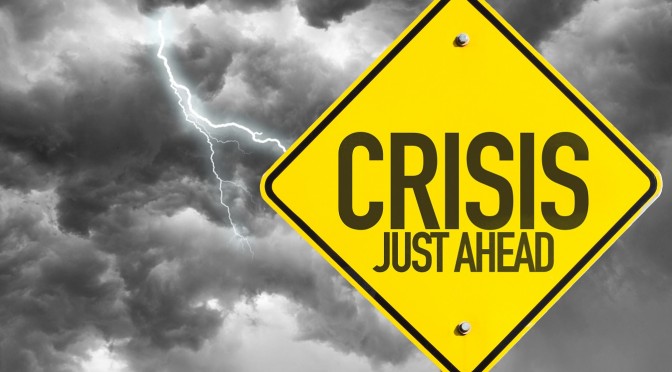Open innovation has been defined as the exploitation of both internal and external knowledge to accelerate the process and expand potential commercialisation of innovations (Chesbrough et al, 2006). It can be traced back to Silicon Valley tech start-ups in 80’s and 90’s, where superior R&D budgets of organisations like Xerox and Bell Labs were unable to compete with resource deficient smaller businesses. Studies into these anomalies noted a more collaborative/open approach to innovation was evident, this has now become an excepted norm regards general management and strategy within many technical businesses, especially software (Gassman, et al, 2010).
Organisations becoming concerned where the next innovative idea will come from have begun to explore the option of open innovation and crowd-sourcing. Some organisations are concerned with venturing into an entirely new innovation process. Others did not fully appreciate the risks, or opportunities, engaging external resources with innovate. Open innovation principles stem from classic innovation principles such as idea generation and selection (Campbell, 1965). As with all processes, success relies on implementing suitable methods to organize, monitor and manage progress.
Organisations understand of the potential for idea-generation through the open innovation as one of the significant advantages: the sheer volume of prospective ideas. As organisations’ main experience of cultivating ideas is internal; open innovation has been used build high-quality ideas banks. Rather than being constrained to the finite number of employees to produce ideas for existing problems, external experience and intelligence could be utilized. The logic is simple: if anyone can provide solution ideas, the statistical principle is, the more ideas generated, the better the quality of the best one is likely to be. The advantage to casting the net widely to capture significant quantity of ideas may mean the average the quality of ideas falls; yet the possibility of one to be spectacular is greater.
Secondly, lesser-known advantage of open innovation is that the value of ideas generally increases with the level of variability. Studies found organisations believed only employees possessing the industry and strategic knowledge could judge on validity of ideas. Yet opening idea-selection process externally could generate significant value, harnessing distinctive expertise and perspectives, in selecting most successful ideas.
Campbell, D.C. (1965) “Variation and Selective Retention in Socio-Cultural Evolution,’’ in “Social Change in Developing Areas: A Reinterpretation of Evolutionary Theory,” ed. H.R. Barringer, G.I. Blanksten and R.W. Mack (Cambridge, Massachusetts: Schenkman Publishing, 1965).
Chesbrough, H.W., West, J. and Vanhaverbeke, W. (2006) Open Innovation: Researching a New Paradigm. Oxford: Oxford University Press.
Gassmann, O., Enkel, E. and Chesbrough, H. (2010), The future of open innovation. R&D Management, 40: 213–221. doi: 10.1111/j.1467-9310.2010.00605.x



